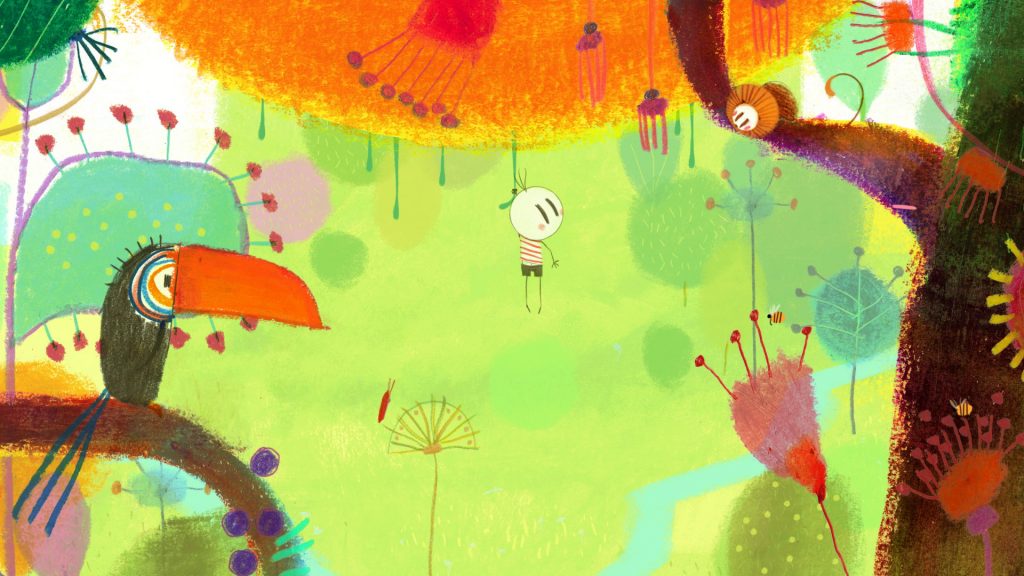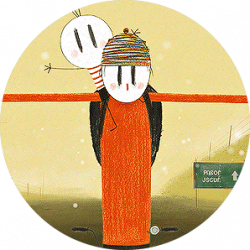This week I have completed two scenes: a desert scene and an iceberg scene.
The iceberg scene is a bit more complicated, but the good thing is that I found a seawater asset that is very realistic, I just need to import the seawater into my scene and add some large ice blocks, and some small ice blocks next to it, I used a plant brush to paint it, and the lighting is an HDR map for the base lighting. I also added a directional light source.
Since I couldn’t find a suitable asset for the iceberg, I used 4 ice blocks to put it together and it still looks good.


The desert scene is relatively simple, I used Worldcreater to create the terrain, and then imported it into Unreal Engine to create the texture maps.

Next week I will be setting up the lighting for the desert scene and importing the previously made whale animation into the scene to start testing the renders.

